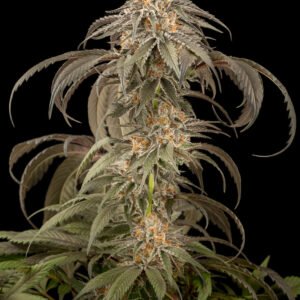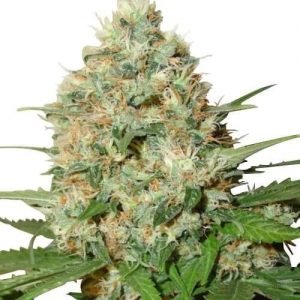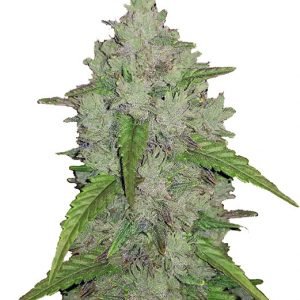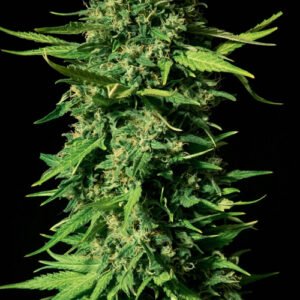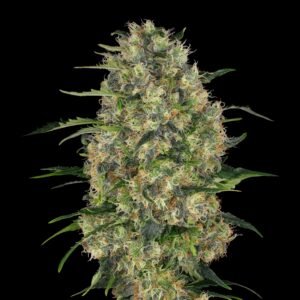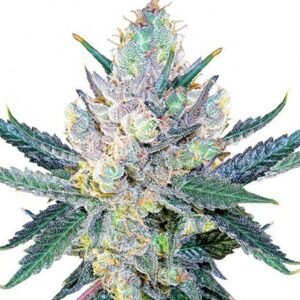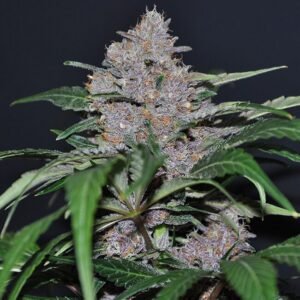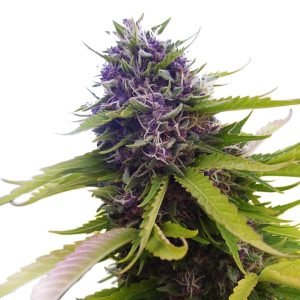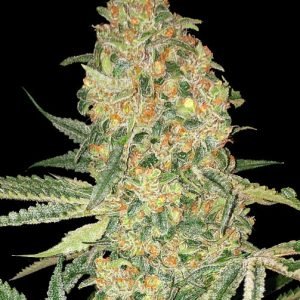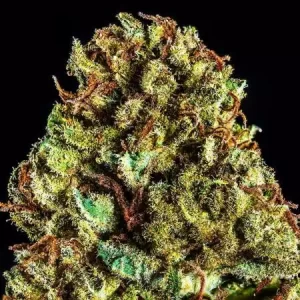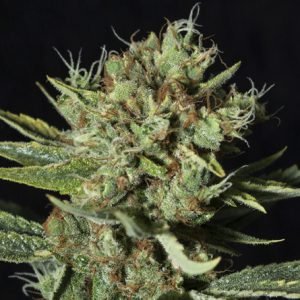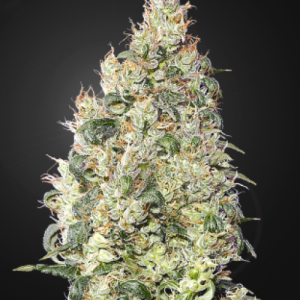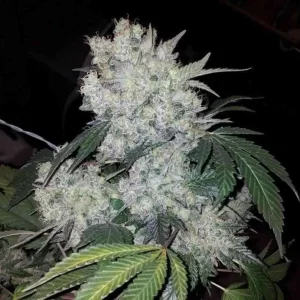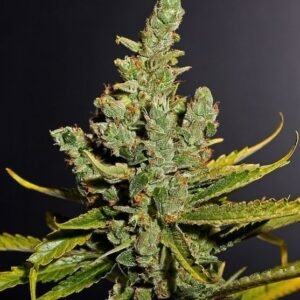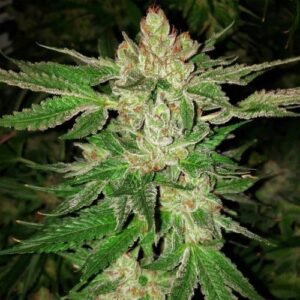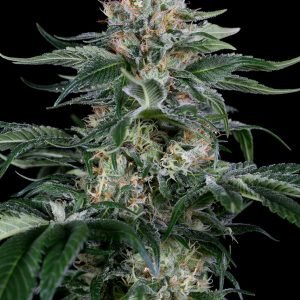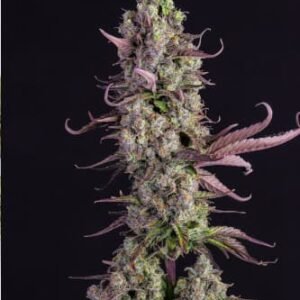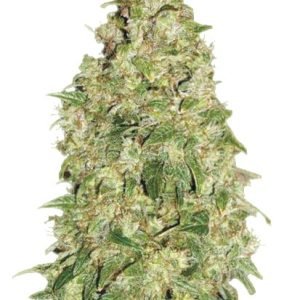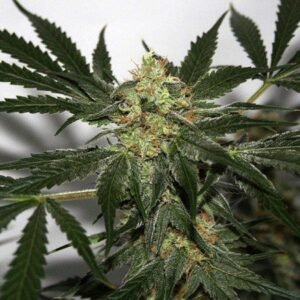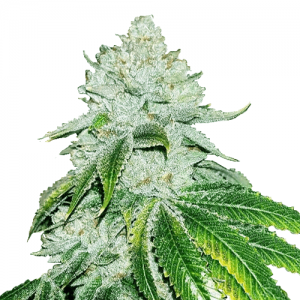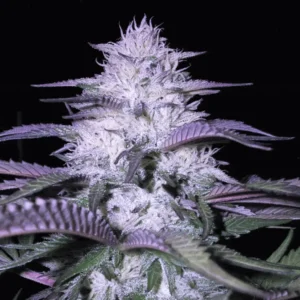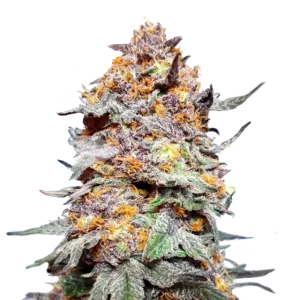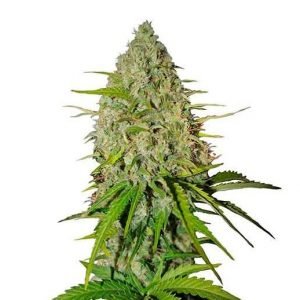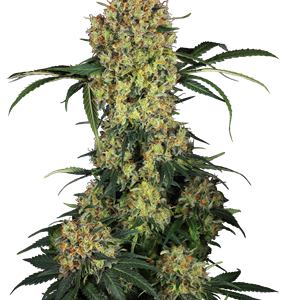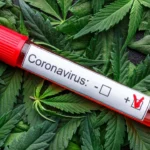History of Cannabis (Marijuana history & usage)
a brief history of cannabis
The cannabis plant goes back a long way in history and has had many usages over it’s time. Here is an overview of the history of the plant.

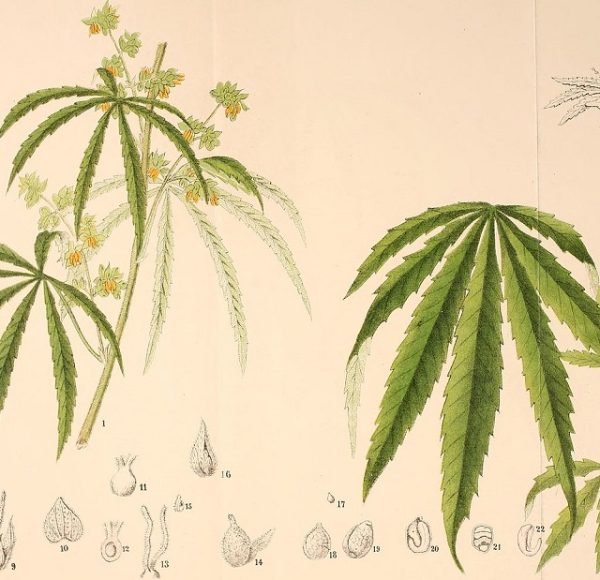
where it all started...
The earliest reference to the cannabis plant that we know of, dates back to 2900 BC in China. Archaeologists have found small pots, decorated with hemp designs that date back over 10,000 years ago, in an old village in China. The ancient Chinese Emperor, Fu His, also mentioned cannabis (or ‘Ma’ in Chinese) as a medicine that holds both ying and yang properties.
Although it seems the hemp plant was used less for its psychoactive effects and more for food, ropes, paper, clothing and textiles. However, there is some evidence to suggest the ancient people did know about the psychoactive powers of the plant with evidence of burned cannabis seeds discovered by graves of shamans in China and also Siberia, dating around 500 BC.
There is evidence to suggest the Scythians in Siberia, were also some of the first people to use cannabis in 7th century BC. It is said to have been used in rituals to honour spirits of the deceased, as well as recreational use. Cannabis was known as a sacred and religious medicine.
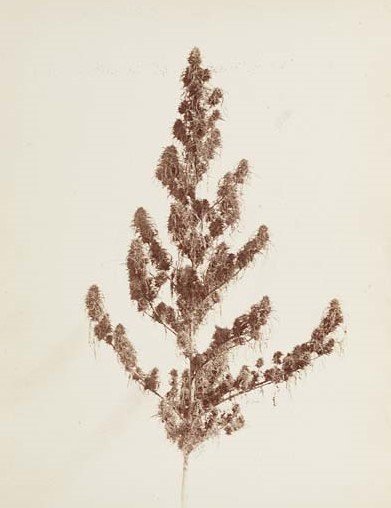
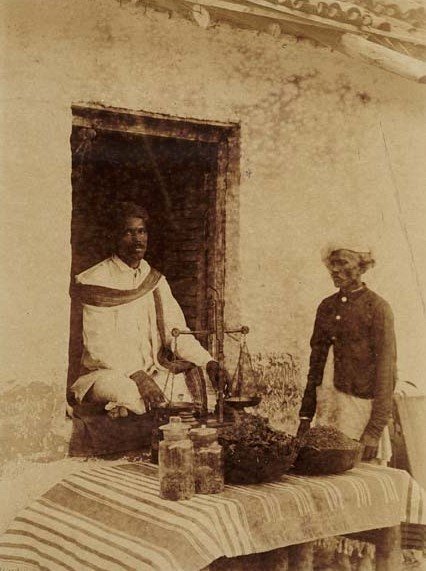
cannabis spreads worldwide
From central Asia, the use of cannabis then spread to India, Europe, the Middle East, Africa and then to the Americas.
Around 2000 BC, the cannabis plant was brought into Korea from China by local farmers. The seeds were then planted throughout the South of Asia. The use of cannabis was also starting to take shape in India, Europe, the Middle East and South-Eastern Russia. In India, references to cannabis were made in the Vedas (sacred Hindu text), predicted to be around 2000 to 1400 B.C. It was spoken of in legends and was an extremely religious plant, with gods said to having been in the leaves.
It is known that the Vikings used hemp fibres to make into ropes in 850 AD, while around 1000 AD, hemp was turned into boat sails in Italy. The Anglo-Saxons introduced marijuana to Great Britain around 1200 AD, whilst at the same time it was circulating throughout Africa and South America.


how the cannabis plant was used
The cannabis plant was also used to make many industrial products (such as textiles) and in England in 1533, King Henry instructed that hemp was grown by all farmers for the industry. In 1753, Carolus Linnaeus (a botanist from Sweden) recorded two types of cannabis plants, the cannabis sativa, and cannabis indica (the two main types we know today). Cannabis first arrived in Sydney, Australia in 1788 where hemp was then one of the most wildly grown plants in the country.
The plant was brought to the Caribbean around 1800 AD. In the 1830s an Irish doctor, Sir William Brooke O’Shaughnessy, found through his studies in India that marijuana could help with stomach pain and vomiting for those suffering from cholera. Later on, in the late 19th century, pharmacies were selling marijuana extracts to treat stomach upsets and various other conditions in the United States.


views on cannabis start to change
In 1906, The Pure Food and Drug Act started to control the labelling of cannabis and other drugs such as alcohol, opiates, cocaine, and other products. The plant continued to spread around North America during the Mexican Revolution (1910-1920), where it was used for recreational use.
The views on cannabis started to change during the late 19th century and it was begging to get a reputation that it was used by the lower classes. In 1915, Utah was the first state in the US to make cannabis illegal for personal use, with 28 more states doing the same by 1941. In the UK, cannabis was banned for personal use in 1928. There started to gain a stigma around the use of cannabis and who used it. In the US, posters were put up to try and scare people into not taking cannabis, depicting African-Americans as turning into monsters whilst on the drug. Also in the US, the film Reefer Madness (1936) was released to discourage and scare off users of marijuana. After the 1925 International Opium Convention in Geneva, many countries followed suit and by the 1960s it was banned in most countries.
However at this time (1960’s) the use of recreational cannabis started to increase, particularly during the Vietnam War, where soldiers would use cannabis to forget the atrocities they had seen during the war and as a social relief in the camps. Meanwhile in Australia in 1964, hundreds of acres of wild hemp were found growing in the Hunter Valley, NSW. Groups of hippies, later known as the ‘weed raiders’, flocked here to discover the huge and tall growing wild plants, known for their psychoactive effects.
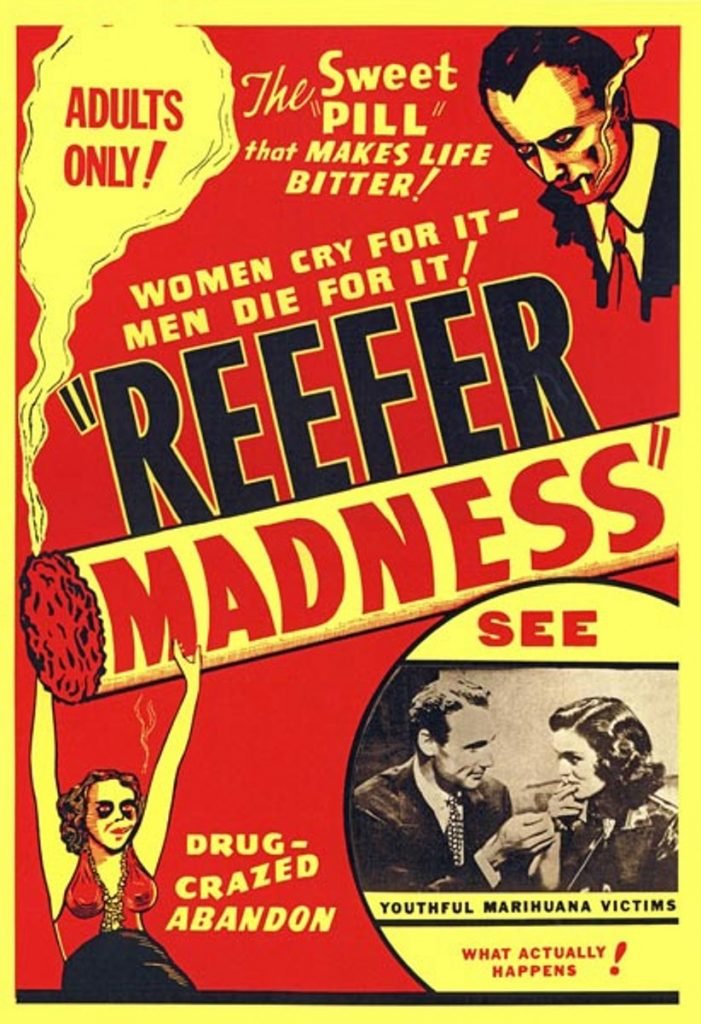

medical benefits explored further
The medical benefits of cannabis were slowly starting to be discovered and explored and Canada became the first country in 2001, to legalise medical marijuana. Jump to 2012 and cannabis became legal in Colorado and Washington, USA for recreational use (with many states now following suit). It still remained illegal in Australia, although interest in hemp seeds was increasing. More health food products selling hemp were introduced, as well as products like hemp shampoos and soap bars.
Who brought Cannabis to australia?
In 1788, the arrival of the First Fleet in Australia brought along the first hemp seeds, marking the establishment of the first European settlement in Botany Bay. This initiative was made at the request of Sir Joseph Banks, who held the distinction of being the first recorded distributor of cannabis in both England and Australia. During the Age of Imperialism, Britain’s fleets and economy were fueled by the thriving hemp industry. However, their reliance on Russia as the primary hemp supplier posed setbacks and hindered their control over this rapidly growing industry. To address this challenge, Sir Joseph Banks proposed a solution: to utilize Australia’s vast landmass for Britain’s own commercial hemp production. Nevertheless, historians remain uncertain whether this was indeed the primary reason behind Britain’s decision to colonize Australia.
today
In February 2016, Australia legalised medicinal cannabis at the federal level and from January 2020, the Australia Capital Territory stated it was now legal to possess small amounts of cannabis for personal use (even though this conflicted with the federal laws). Now, over 21 countries worldwide have began to decriminalise cannabis.
Afghan Kush Feminized
10% Sativa, 90% Indica | THC 21% | Afghan Kush is an Indica cannabis strain originating from the renowned Hindu Kush mountain range, which stretches along the Afghan-Pakistan border. It is celebrated for its quintessential indica characteristics, producing large, resinous buds that deliver the classic body stone effect cherished by many users.
——————————————————————————
Is it legal to buy Cannabis seeds in Australia?
How can I buy Cannabis seeds in Australia?
AK-47 Feminized
Ak-47 was orginally created by the Netherland’s Serious Seeds in 1992 and has won 16 awards including the High Times Cannabis Cup. People love this strain around the world for its high THC content, strong flavour and high energy effects.
——————————————————————————
Is it legal to buy Cannabis seeds in Australia?
How can I buy Cannabis seeds in Australia?
Amnesia Haze Feminized
10% Indica – 90% Sativa | THC 21-25% | This is THE legit Dutch classic Sativa dominent powerhouse that is the proud winner of multiple Cannabis cups. This uplifter has a lemony, incense and cederwood flavour. Amnesia has a slightly longer growth phase overall, but this translates into massive yields and is well worth your attention for a truly supreme quality end product that is sure to please those aiming for a happy and uplifting high.
——————————————————————————
Is it legal to buy Cannabis seeds in Australia?
How can I buy Cannabis seeds in Australia?
Amnesia Platinum Feminized
70% Sativa, 30% Indica | THC 16 – 20% | The Original Amnesia Platinum was developed by a Dutch breeder who combined a renowned Haze female with a Northern Lights male. Due to its great success and high demand, the breeder has now released the first Original Amnesia Platinum Feminised seeds. This Sativa variety, which flowers like an Indica, grows rapidly, is highly productive and maintains a manageable height. The plants are extremely potent, boast an exceptionally sweet Haze aroma, and are covered in abundant resin crystals.
——————————————————————————
Is it legal to buy Cannabis seeds in Australia?
How can I buy Cannabis seeds in Australia?
Banana Monkey Feminized Seeds
30% Sativa, 70% Indica | THC 25-28% | Our Banana Monkey has an aroma of ripe bananas and fruity spice when you open the jar and a flavor profile that lives up to its name. Banana Monkey is tranquilizing and a bit of a creeper, as it slowly yet unrelentingly produces a deep whole-body relaxation thanks to the strong Indica influence. You’ll find your mind lifted into a state of happiness that has you feeling free of any bad moods or negative thoughts.
——————————————————————————
Is it legal to buy Cannabis seeds in Australia?
How can I buy Cannabis seeds in Australia?
Blak Domina Feminized
10% Sativa, 90% Indica | THC 20% | Black Domina is an Indica marijuana strain created by combining Northern Lights, Ortega, Hash Plant, and Afghani. This diverse blend produces deeply relaxing and sedative effects. Black Domina is known for its spicy pepper aroma and flavor, making it a popular choice among medical marijuana patients seeking relief from insomnia.
——————————————————————————
Is it legal to buy Cannabis seeds in Australia?
How can I buy Cannabis seeds in Australia?
Blue Cheese
40% Sativa, 60% Indica | THC 19% | Blue Cheese is an Indica strain created by crossing a Blueberry male with a female U.K. Cheese, a phenotype of Skunk #1. This combination results in a unique flavor profile that blends the sweet taste of berries with the savory notes of blue cheese, reminiscent of the original Cheese strain. Blue Cheese’s potent effects are perfect for unwinding after a long day, offering relief from muscle spasms, pain, and stress.
——————————————————————————
Is it legal to buy Cannabis seeds in Australia?
How can I buy Cannabis seeds in Australia?
Blue Dream
70% Sativa, 30% Indica | THC 19% | Blue Dream is a Sativa-dominant hybrid cannabis strain created by crossing Blueberry with Haze. Known for its balanced high, this strain offers both cerebral stimulation and full-body relaxation. With a THC content of 18% and low CBD levels, Blue Dream is popular among both beginners and experienced users. Its flavor profile is reminiscent of sweet berries, both in taste and aroma. Medical marijuana patients frequently choose Blue Dream to alleviate symptoms of depression, chronic pain, and nausea.
——————————————————————————
Is it legal to buy Cannabis seeds in Australia?
How can I buy Cannabis seeds in Australia?
Blueberry Feminized
70% Indica – 10% Sativa – 20% Ruderalis | THC 19-20% | This berry-tasted strain is a cross between Afghani Indica x Highland Thai Sativa x Purple Thai Sativa. This strain promotes calmness and ease and is great for combating anxiety and stress.
How can I buy Cannabis seeds in Australia?
Bruce Banner Feminized
25% Indica – 55% Sativa – 20% Ruderalis | THC 23% | This strain is followed by a cult over the years. It is loved for its distinct earthy, woody flavor with a sweet strawberry undertone. It is great for an energizing, motivational high filled with creativity and warmth. This plant is medium-sized and grows well indoors and outdoors.
——————————————————————————
Is it legal to buy Cannabis seeds in Australia?
How can I buy Cannabis seeds in Australia?
Bubblegum Feminized
80% Indica – 20% Sativa | THC 20 – 27% | This strain has large bubbly buds with a powerful high that offers great emotional and physical relief. This fruitful strain offers flavors of bubblegum, fruits, spices, bitterness, and earthiness.
——————————————————————————
Is it legal to buy Cannabis seeds in Australia?
How can I buy Cannabis seeds in Australia?
Caramel King Feminized
75% Indica – 5% Sativa | THC 20%
This exciting strain converges a cocktail of the top indica strains we all know and love today: Blue Black x Maple Leaf Indica x White Rhino. Auto Caramel King has a sweet flavor and aroma, with notes of caramel.
It is a fast hitter and has a very relaxing body-stoned effect. Brain activity will increase along with a relaxing body effect that isn’t too heavy, still allowing movement and mobility. Making this perfect for a good laugh with your friends at Saturday’s barbecue. Medicinally she is highly valued for her antidepressant and anxiolytic properties.
——————————————————————————
Is it legal to buy Cannabis seeds in Australia?
How can I buy Cannabis seeds in Australia?
CBD Cheese Feminized
60% Indica – 40% Sativa | THC 0.50% | CBD 15 – 17% | This legendary strain has an intense aroma of old cheese and an earthy, mossy taste, with hints of flowers. CBD Cheese delivers a moderately potent and long-lasting high, with a very nice sensation of well-being and happiness. Due to high CBD levels, this strain showcases many anxiolytic and anti-inflammatory properties and is great for medical use.
——————————————————————————
Is it legal to buy Cannabis seeds in Australia?
How can I buy Cannabis seeds in Australia?
CBD Gold Feminized
THC 4 – 6% | CBD 7 -10% | This strain is a medicinal Indica dominant plant that is extremely pleasant and aromatic. It provides a powerful, long-lasting body high that is perfect for relaxing.
——————————————————————————
Is it legal to buy Cannabis seeds in Australia?
How can I buy Cannabis seeds in Australia?
CBD Indica King Feminized
80% Indica – 20% Sativa | THC 0.70 – 0.90% | CBD 20 – 24% | Our CBD Indica King Strain is top-quality and best known for its potent effects and relaxing properties. This unique strain packs the right ratio of a tangy grapefruit flavor with tasty fruit cocktail aromas. When Grown and harvested with care, this CBD flower is packed with beneficial cannabinoids, terpenes, and flavonoids that work together to deliver a truly satisfying relaxing body-stoned, long-lasting experience.
——————————————————————————
Is it legal to buy Cannabis seeds in Australia?
How can I buy Cannabis seeds in Australia?
CBD White Widow Feminized
THC 4 – 6% | CBD 7 -10% | This strain is a medicinal Indica dominant plant that is extremely pleasant and aromatic. It provides a powerful, long-lasting body high that is perfect for relaxing.
——————————————————————————
Is it legal to buy Cannabis seeds in Australia?
How can I buy Cannabis seeds in Australia?
Cheese Feminized
20% Sativa, 80% Indica | THC 18-20% | Cheese is a renowned strain that originated in the United Kingdom. It is a unique female phenotype of Skunk #1, which is a hybrid of Afghani (indica), Acapulco Gold (sativa), and Columbian Gold (sativa). This strain preserves the uplifting effects of a sativa, making it popular among those dealing with stress and anxiety. Its potent body relaxation helps alleviate chronic pain and is beneficial for treating insomnia. Additionally, Cheese is frequently used to stimulate appetite.
——————————————————————————
Is it legal to buy Cannabis seeds in Australia?
How can I buy Cannabis seeds in Australia?
Chronical Feminized
60% Sativa, 40% Indica | THC 19-25% | This strain is known for its impressive yields, thanks to its robust hybrid genetics—a blend of Northern Lights, Skunk x Northern Lights, and AK-47. With a medium height and a less branchy structure, it’s not ideal for topping or super cropping. However, it excels in a Sea of Green setup, allowing growers to concentrate on the main colas and maximize plant density in limited space. Chronical delivers astonishing yields, but proper curing is essential to preserve its delightful sweet aroma.
——————————————————————————
Is it legal to buy Cannabis seeds in Australia?
How can I buy Cannabis seeds in Australia?
Cocopopo Feminized
5% Indica – 75% Sativa – 20% Ruderalis | THC 20 – 25% | This exciting genetic combination is birthed from O.G. Chocolate x Cannalope Haze. It is easy to grow and takes less effort to maintain than other strains. Enjoy the sweet, bitter chocolate taste with Cocopopo.
——————————————————————————
Is it legal to buy Cannabis seeds in Australia?
How can I buy Cannabis seeds in Australia?
Coffee Rocket Feminized
70% Sativa, 30% Indica | THC 25-28% | Coffee Rocket has an earthy, yet sweet flavor and a nice citrusy aroma with a hint of grape. It has high THC. The wonderful Coffee Rocket strain has rapid effects but will provide nice relaxation of the muscles and creative energy along with slight euphoria. Coffee Rocket is versatile and can be smoked day or night.
——————————————————————————
Is it legal to buy Cannabis seeds in Australia?
How can I buy Cannabis seeds in Australia?
Dosidos Rocketos Feminized
30% Sativa, 70% Indica | THC 26 – 32% | Introducing your new green companion! This Indica-dominant strain is packed with THC and boasts an incredible taste and aroma. It’s versatile, thriving indoors with the Screen of Green technique or Super Cropping, and flourishing outdoors in sunlight. Plus, it’s resilient enough to withstand colder climates. Enjoy legendary potency and unique effects with this exceptional all-round variety!
——————————————————————————
Is it legal to buy Cannabis seeds in Australia?
How can I buy Cannabis seeds in Australia?
Dubai Poison Feminized
100% Sativa | THC 8-20% Dubai Poison has a really complex flavor and aroma, with notes of lemon and spices. The effect it provides is potent, clear, and cerebral. This legendary strain has gained popularity worldwide for it’s energetic, uplifting effects. Durban is the perfect strain to help you stay productive through a busy day when exploring the outdoors, or to help you get creative.
——————————————————————————
Is it legal to buy Cannabis seeds in Australia?
How can I buy Cannabis seeds in Australia?
Early Top Skunk Feminized
35% Sativa, 65% Indica | THC 15 – 20% | Feminised Early Top Skunk seeds combine Skunk #1 and Early Pearl, creating hardy outdoor plants with dense, resin-coated buds. Early Pearl makes these plants mold-resistant and triggers early flowering from late July to late September. Skunk #1 ensures a high-quality yield. Ideal for all growers, this strain is reliable, easy to grow, and consistently produces top-grade cannabis.
——————————————————————————
Is it legal to buy Cannabis seeds in Australia?
How can I buy Cannabis seeds in Australia?
Euforia Special Feminized
30% Sativa | 70% Indica | THC 18 – 20% | Euforia Special blooms with heavy flowers on long branches with short internodes. During the vegetative stage, some plants may resemble Haze varieties, but their Indica traits become prominent once flowering begins. The plants are robust and have earned a lasting reputation among dedicated growers worldwide.
——————————————————————————
Is it legal to buy Cannabis seeds in Australia?
How can I buy Cannabis seeds in Australia?
Gelato Feminized
70% Indica – 30% Sativa | THC 21-27% | This strain is an absoluate corker! One of the nicests strains going around in our opinion and very under rated. Super strong, Very crystally large(ish) buds with very big yields. It’s fairly straight forward to grow and super strong.
——————————————————————————
Is it legal to buy Cannabis seeds in Australia?
How can I buy Cannabis seeds in Australia?
Godfather OG Feminized
40% Sativa | 60% Indica | THC 19% | Godfather OG, also known as “Godfather,” “The Don of All OG’s,” and “OG Godfather,” is a powerful indica strain created by crossing XXX OG and Alpha OG. This strain delivers sedating and relaxing effects, making it ideal for medical marijuana patients seeking relief from insomnia and pain.
Flavor Profile Godfather OG has a spicy and kushy flavor with subtle grape undertones.
THC Levels and Usage With high THC levels around 28%, consumers with low THC tolerance should only use Godfather OG in small doses.
——————————————————————————
Is it legal to buy Cannabis seeds in Australia?
How can I buy Cannabis seeds in Australia?
Gorilla Glue Feminized
50% Indica – 50% Sativa | THC 20-26% | One of the strongest cannabis strains available this one is recommended for the serious marijuana consumer! This popular strain has also won several cannabis awards like the Michigan and Los Angeles Cannabis Cups in 2014, and the High Times Jamaican World Cup.
——————————————————————————
Is it legal to buy Cannabis seeds in Australia?
How can I buy Cannabis seeds in Australia?
Granddaddy Purple Feminized
25% Sativa | 75% Indica | THC 17% | Granddaddy Purple, also known as “Grand Daddy Purp,” “Granddaddy Purps,” “GDP,” and “Grandaddy Purple Kush,” is an indica strain popularized in 2003 by Ken Estes. A cross of Mendo Purps, Skunk, and Afghanistan, it boasts a complex grape and berry aroma from its Mendo Purps and Afghanistan parents and a compact bud structure from Skunk. Its deep purple flowers are coated in white crystal resin. GDP delivers strong mind and body effects, combining cerebral euphoria with physical relaxation. It’s often used to relieve pain, stress, insomnia, appetite loss, and muscle spasms. GDP yields large harvests, ready in about 60 days indoors.
——————————————————————————
Is it legal to buy Cannabis seeds in Australia?
How can I buy Cannabis seeds in Australia?
Grapefruit Feminized
20% Indica – 80% Sativa | THC 16-20%
The Vancouver, Canada staple…. This 80% Sativa strain has a sweet and fruity aroma similar to the smell of ripe grapefruit It’s an 80’s old secret mix of Cinderalla 99 with a mystical grapefruit flavoured Sativa.
With the smell of pineapple and grapefuit this has an uplifting & stimulating high good for focus, creativity and pleasure.
——————————————————————————
Is it legal to buy Cannabis seeds in Australia?
How can I buy Cannabis seeds in Australia?
Green Candy Feminized
40% Indica – 60% Sativa | THC 20-24% | Green Candy has an intensely fruity aroma and flavor, with notes of mango, pineapple, exotic wood, and incense. The effect is stimulating, focused, and energizing, providing a cerebrally powerful Sativa-like high. Only a few puffs of this potent beauty will allow your stress and anxiety to melt away along with waves of euphoria.
Is it legal to buy Cannabis seeds in Australia?
How can I buy Cannabis seeds in Australia?

Our deep love of plants and fascination with Cannabis has enabled over 25 years of successful small scale Marijuana cultivation from indoor hydroponics, greenhouses and outdoor growing set-ups.
As Cannabis laws around the world change, *we support the movement toward freedom of choice for responsible, consenting adults who wish to experience the joy and wonder of growing a Cannabis plant.


